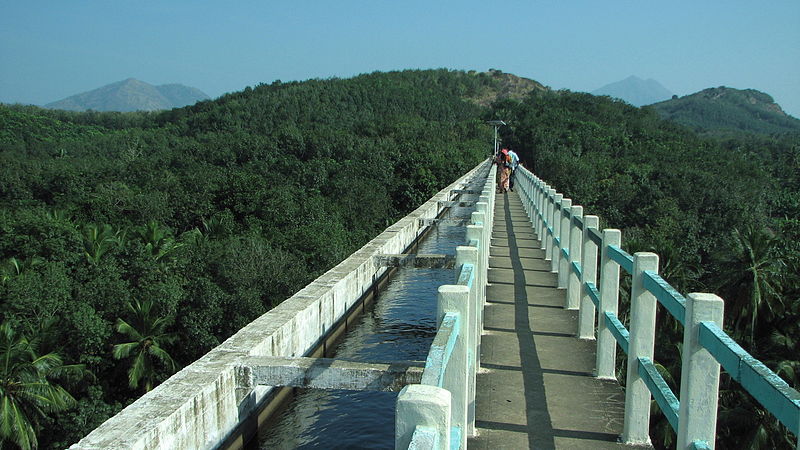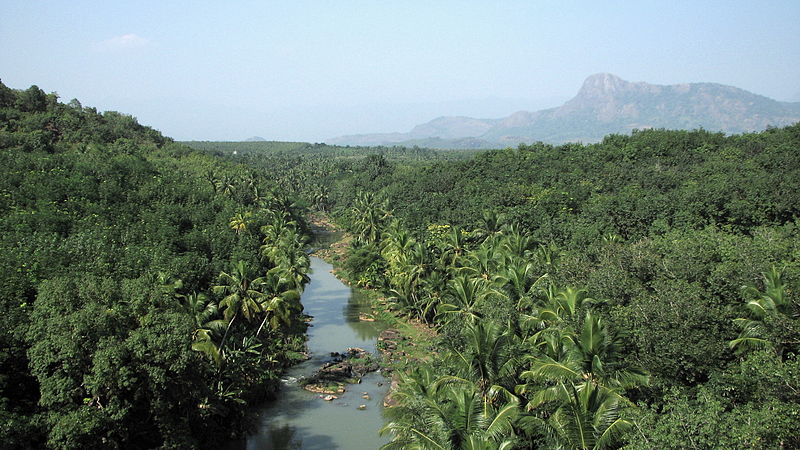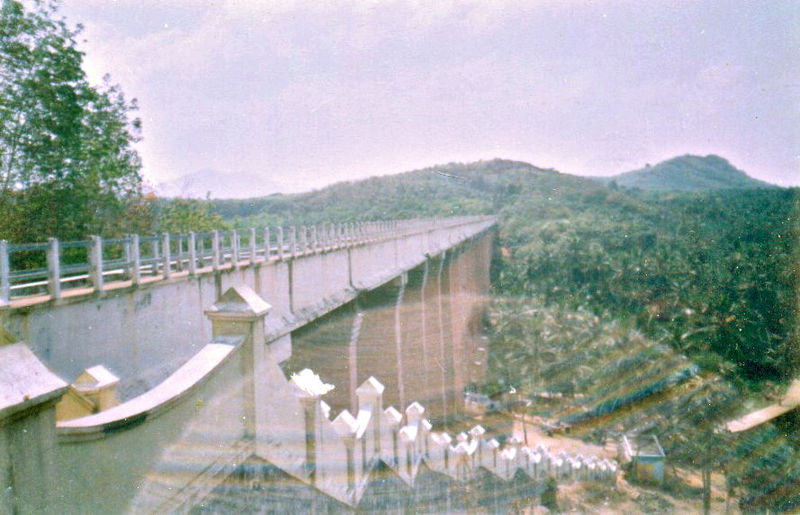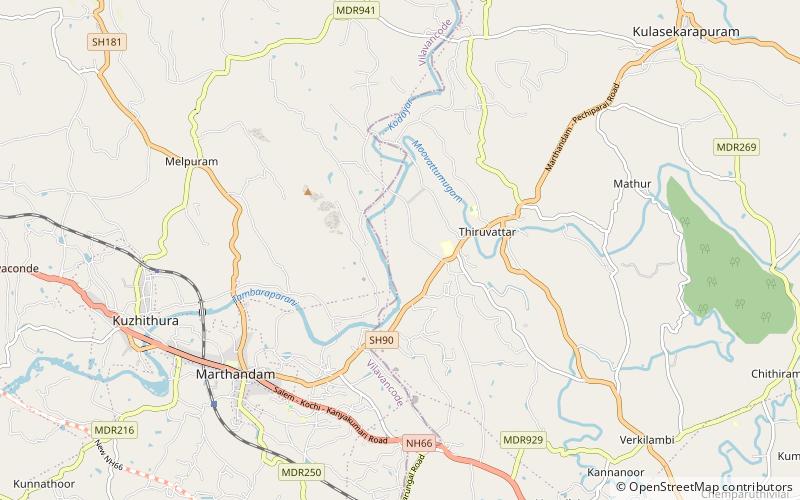Mathur Aqueduct
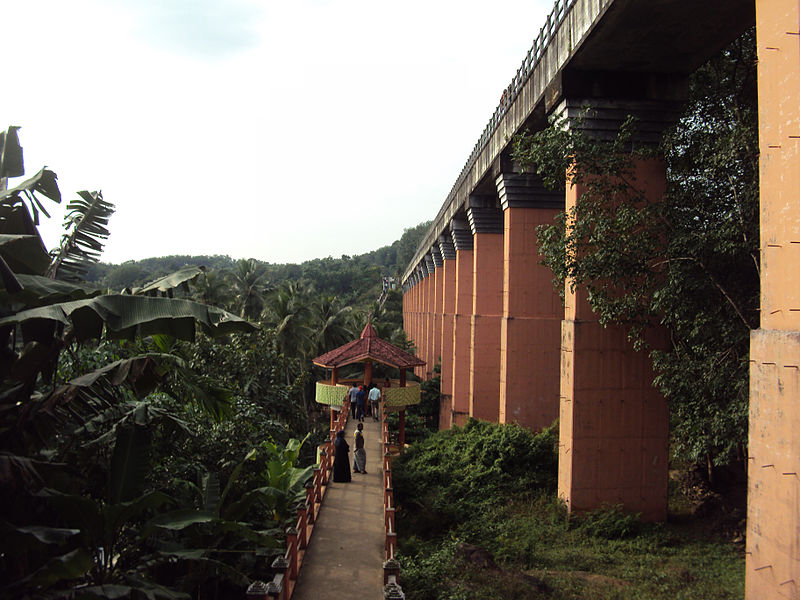
Facts and practical information
The Mathur Aqueduct, also known as the Mathur Hanging Trough, stands as an engineering marvel in the Kanyakumari District of Tamil Nadu, India. Constructed in 1966, this aqueduct holds the distinction of being one of the longest and highest aqueducts in Asia. Spanning a length of about 1 kilometer and towering at a height of 115 feet, the Mathur Aqueduct was built to address the water scarcity in the region by transferring water from the Pattanamkal Canal, originating from the Pahrali River.
This concrete structure is supported by 28 huge pillars and is wide enough to accommodate a pedestrian pathway alongside the water trough. Visitors often walk along the pathway, taking in panoramic views of the lush landscape and the nearby Western Ghats. The aqueduct is not only a crucial piece of infrastructure for irrigation but also an emerging tourist attraction, drawing attention for its sheer size and the scenic beauty it overlooks.
The aqueduct's construction was part of a larger effort to support the agricultural needs of the area, and it continues to play a vital role in the local economy by enabling the cultivation of rice fields below. As a testament to human ingenuity and the power of well-executed civil engineering, the Mathur Aqueduct remains a significant point of interest for those visiting the southern tip of the Indian subcontinent.
Mathur Aqueduct – popular in the area (distance from the attraction)
Nearby attractions include: Chitharal Jain Monuments and Bhagavati Temple, Marthandam CSI Church, Nizhal Thangal, Adikesava Perumal Temple.


